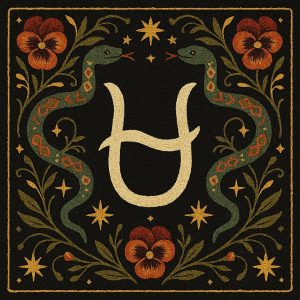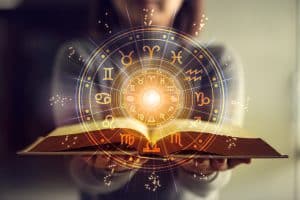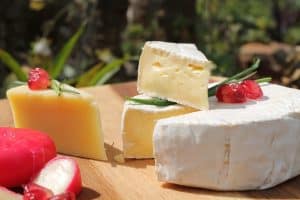Bubble tea is everywhere. It’s the drink that shows up in your feed, your fridge, and your friend group text. Cute cups, chewy boba, and flavors that sound like candy spells—what’s not to love? But in 2024, things got a little less sweet. Turns out, some of those tapioca pearls—the boba—had lead in them. Yep. Lead. The kind you don’t want anywhere near your snacks.
What Do You Mean, Lead in My Bubble Tea?
So here’s what went down. Health folks in the U.S. and Canada started testing boba from different brands. They found lead in every single sample. Not enough to cause instant panic, but enough to make people go, “Wait, what?” The boba came from cassava starch, which is made from a root that’s really good at soaking up stuff from the soil—including heavy metals. If the soil’s dirty, the boba’s dirty. And that’s exactly what happened.
The pearls were shipped out to bubble tea shops and grocery stores all over North America. Big names like TeaZone and Royal Pearl got flagged. Stores pulled them off the shelves fast, and the FDA started poking around to figure out how this slipped through. Meanwhile, manufacturers promised to clean up their act—better soil testing, better sourcing, more transparency. But for a lot of people, the damage was already done. Boba had lost a little bit of its sparkle.
Tea Lovers, Don’t Lose Hope

Now, before we all swear off bubble tea forever, let’s rewind a bit. Bubble tea started in Taiwan back in the ’80s. Some genius decided to toss chewy tapioca balls into iced milk tea, and boom—boba was born. It spread across Asia like wildfire, and by the early 2000s, it was popping up in the U.S. too. Social media turned it into a full-blown trend. Suddenly, bubble tea shops were everywhere, and the drink became a whole vibe.
But here’s the thing. Bubble tea isn’t exactly health food. A regular cup with milk, syrup, and boba can pack a lot of sugar—like, dessert-level sugar. The pearls themselves don’t do much for your body. They’re mostly starch, with no real vitamins or fiber. And depending on where you get your drink, it might be loaded with artificial flavors, dyes, and non-dairy creamers that are more chemical than cream.
Drinking bubble tea once in a while? Totally fine. But if it’s your daily go-to, it might be time to rethink. Too much sugar can mess with your blood sugar, your teeth, your energy levels—you name it. And now, with the lead thing in the mix, it’s worth asking where your boba’s coming from and what’s actually in it.
The Last Sip
Bubble tea is fun. It’s nostalgic. It’s part of a lot of people’s routines. But it’s also a reminder that trendy doesn’t always mean safe. The 2024 lead scare was a wake-up call. If you’re gonna sip, sip smart. Ask questions. Go easy on the sugar. And maybe treat it like the treat it is—not your everyday hydration plan.
—
Disclaimer: This article is for informational purposes only and doesn’t count as medical advice. If you’re worried about lead exposure or health stuff in general, talk to a real doctor.







